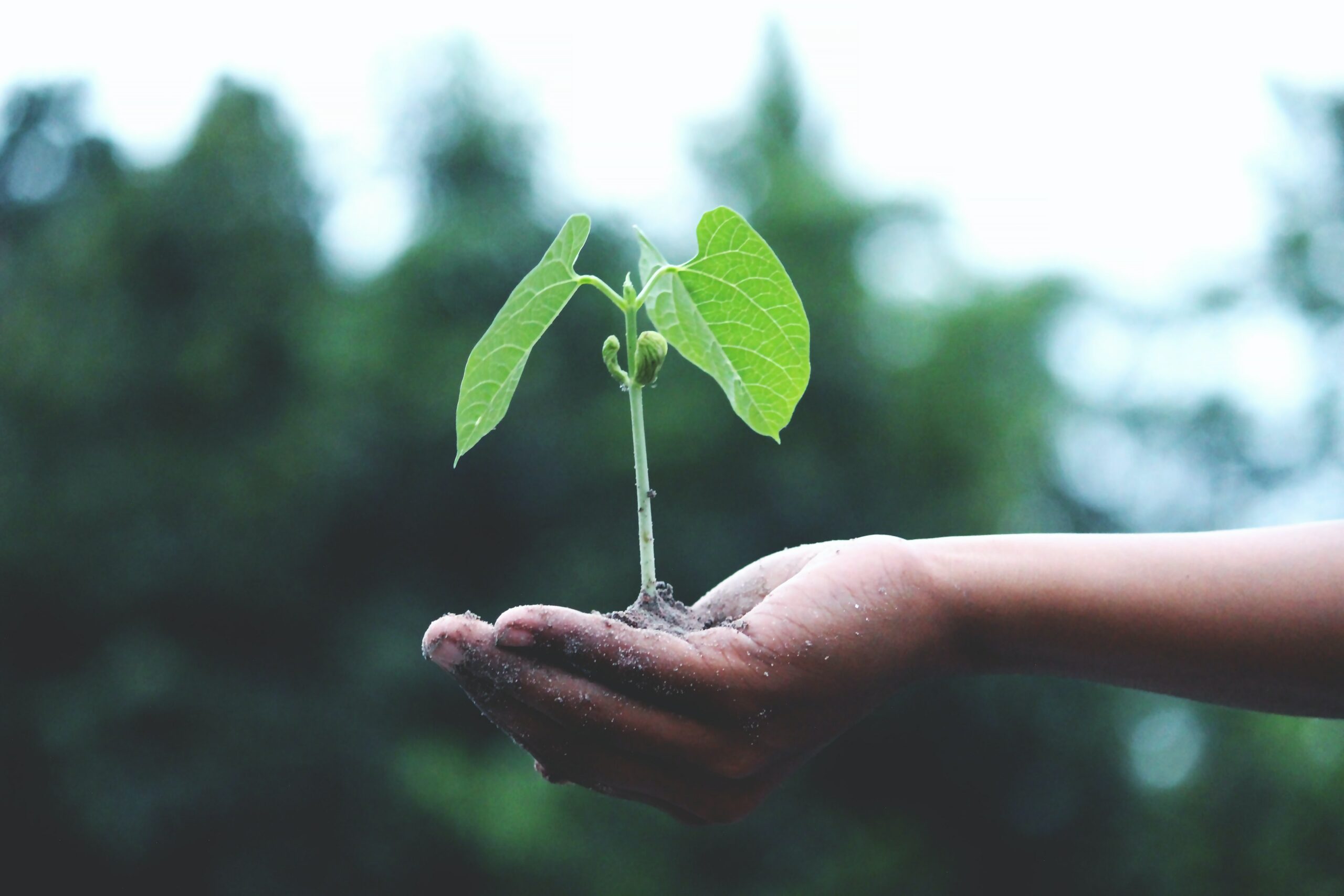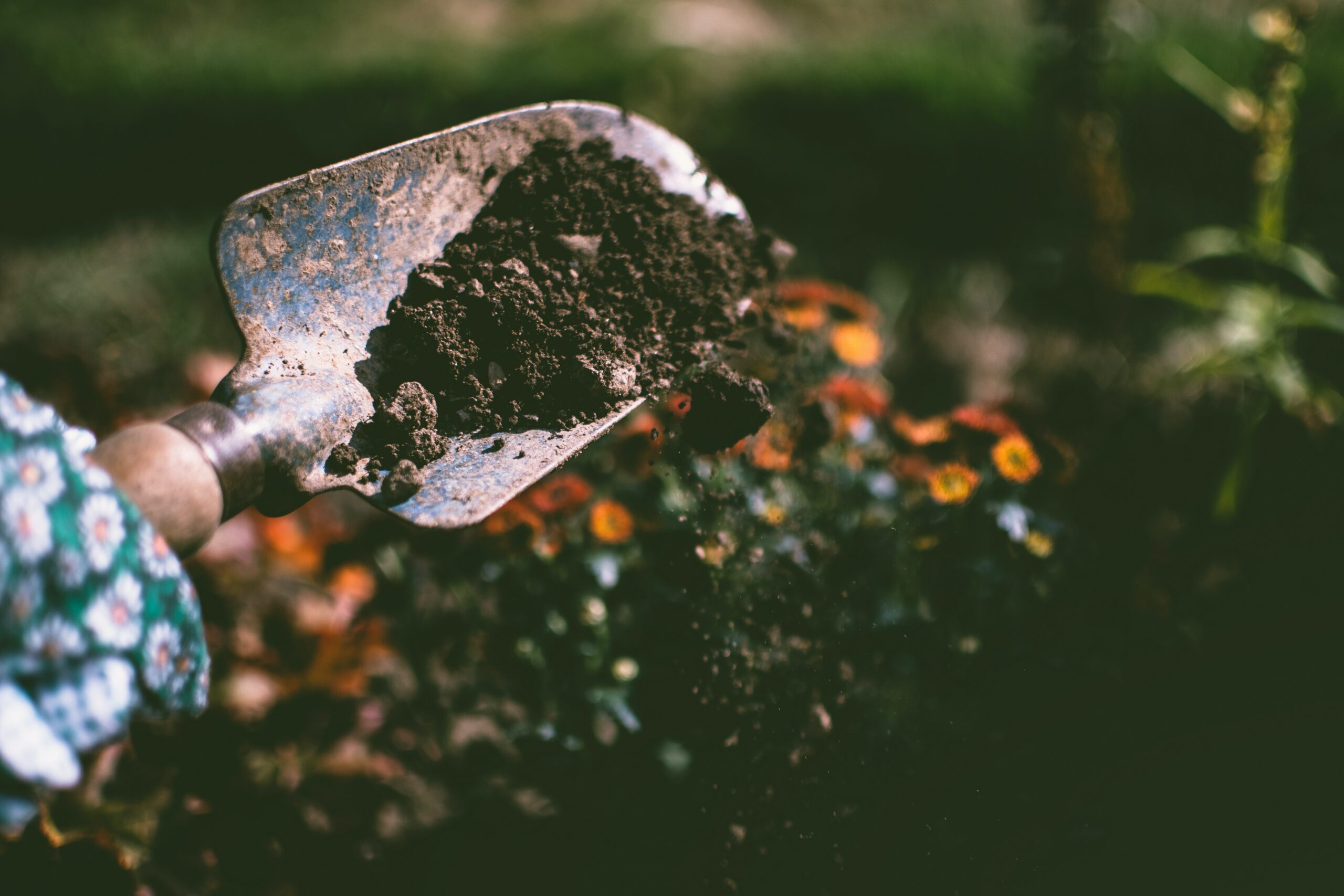Written by Linda Appel Lipsus
DUG is a Climate Organization
…among other things.
Or is it?
This topic has come up a number of times for me over the past month in various discussions. While I firmly believe DUG is a climate organization, I was shocked to hear so many people say community gardens are not places where we can have climate impact. Why aren’t we making the connection?
Maybe the disconnect lies with size. Gardens are small and we have a cultural obsession with bigger is better. If what you are doing is not a billion of something with a million of something else in one fell swoop, it’s not meaningful. Maybe the disconnect lies with speed. Gardening and growing is inherently slow, intentional work and does not provide instant gratification and instant results, so it must not be working.
Or maybe the disconnect lies with scale. With gardening, you help a tiny seed grow or you sow a mere 10’ by 10’ plot of land while our climate problem is SO big and vast and overwhelming and incomprehensible that these small steps cannot possibly make a difference.
All of this, I believe, is a manifestation of learned helplessness. Making the health of the planet someone else’s problem to fix.
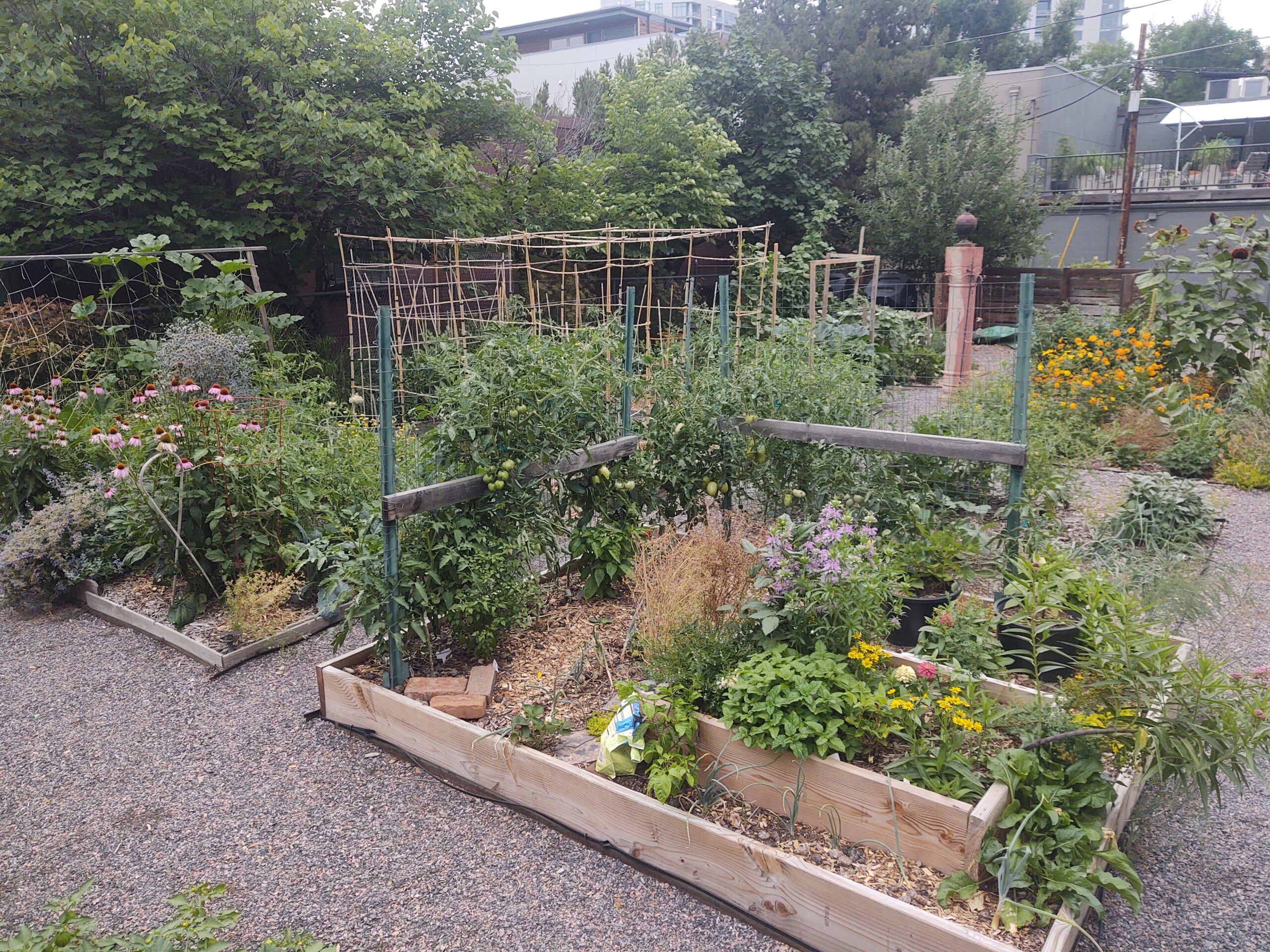

And I get it. It is all so overwhelming. And, in response, I stand firm that DUG’s (unstated) mission is to undo this learned helplessness vis-a-vis our planet.
All change starts with one step by one person. Growing food and connecting to the soil is something humans were meant to do. We are of the earth. We are dependent on the earth. And the earth is dependent on us acting with care. If we don’t, we get evicted, and that process seems to be underway now.
Each and every one of us has a sacred bond to the land beneath our feet, and that bond can be maintained, nurtured and stewarded by so many simple steps. And, when lots of people take those steps, we do, in fact, create change. When you think of it in terms of billions of people vs. hundreds of corporations, the potential of our collective impact far outreaches that of Fortune 500 CSR goals.
To that end, this earth week I ask you to be curious. Read something. Do something. Talk to someone. Take a minute to set your intention on a new habit you can cultivate that will help heal our home.
Some gardening hacks:
Heal your Soil – As the earth’s “skin,” soil is one of our planet’s most important resources, and it is being ransacked by conventional farming and ranching practices.
You can help reverse this degradation in your own garden, raised beds and even container gardens.
✔️ Use natural alternatives to chemical pesticides and fertilizers which kill both the bad and the good bugs, of which there are many. Another option is integrated pest management.
✔️ Add compost to your soil at the beginning and end of each season. Compost is rich in microbial life which is what infuses your soil with everything it needs to grow healthy, nutrient-rich food.
✔️ Plant fall cover crops to do the work in the cold winter months!
✔️ Opt not to clear your garden at the end of the season. Naked soil is vulnerable and rapidly loses moisture and nutrients. Leave the plants in or cut them down and spread the mulch over the winter.
✔️ Support organic, regenerative producers
✔️ Take action and write to your local lawmakers and offending businesses to stop poisoning our soil and our food system.
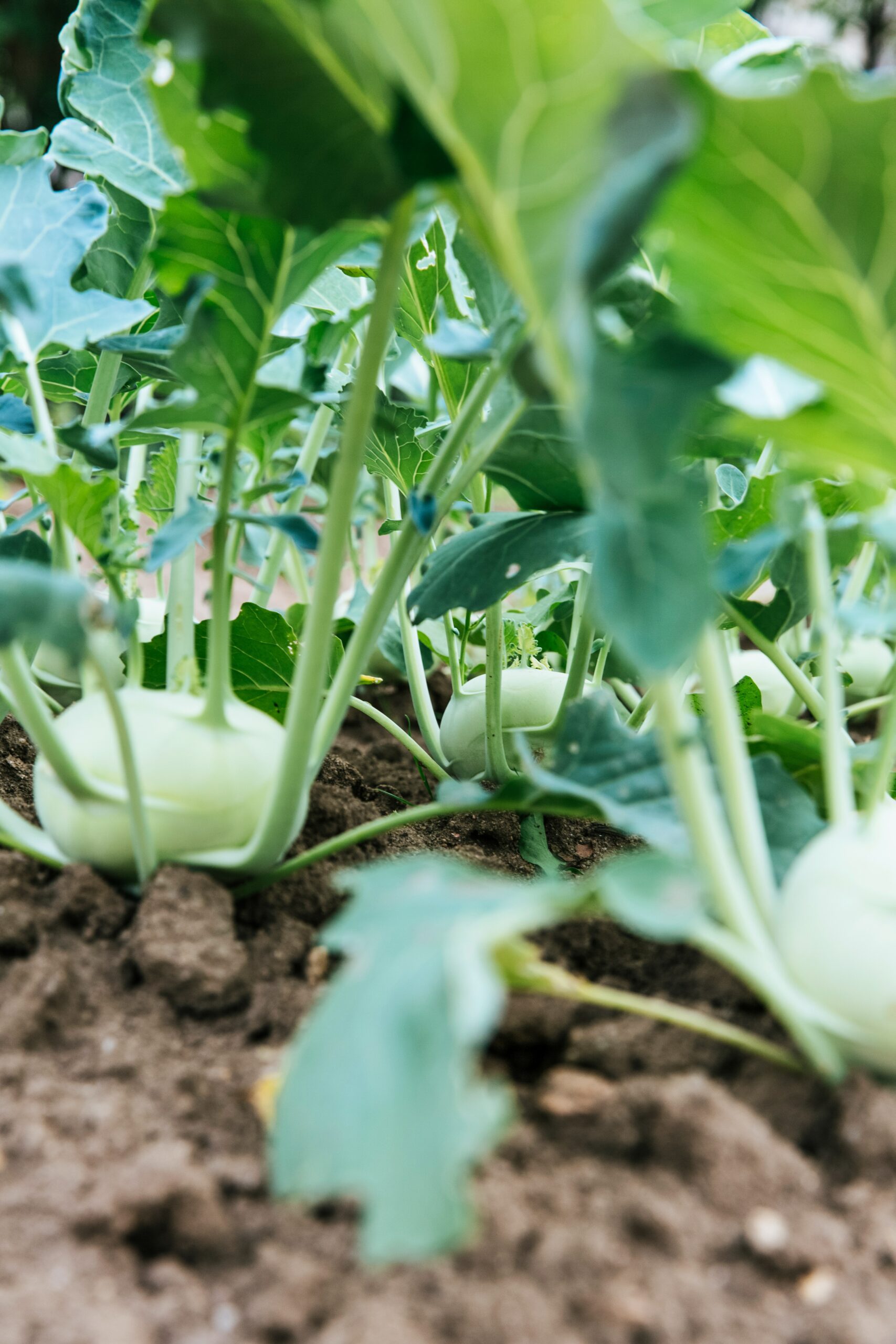
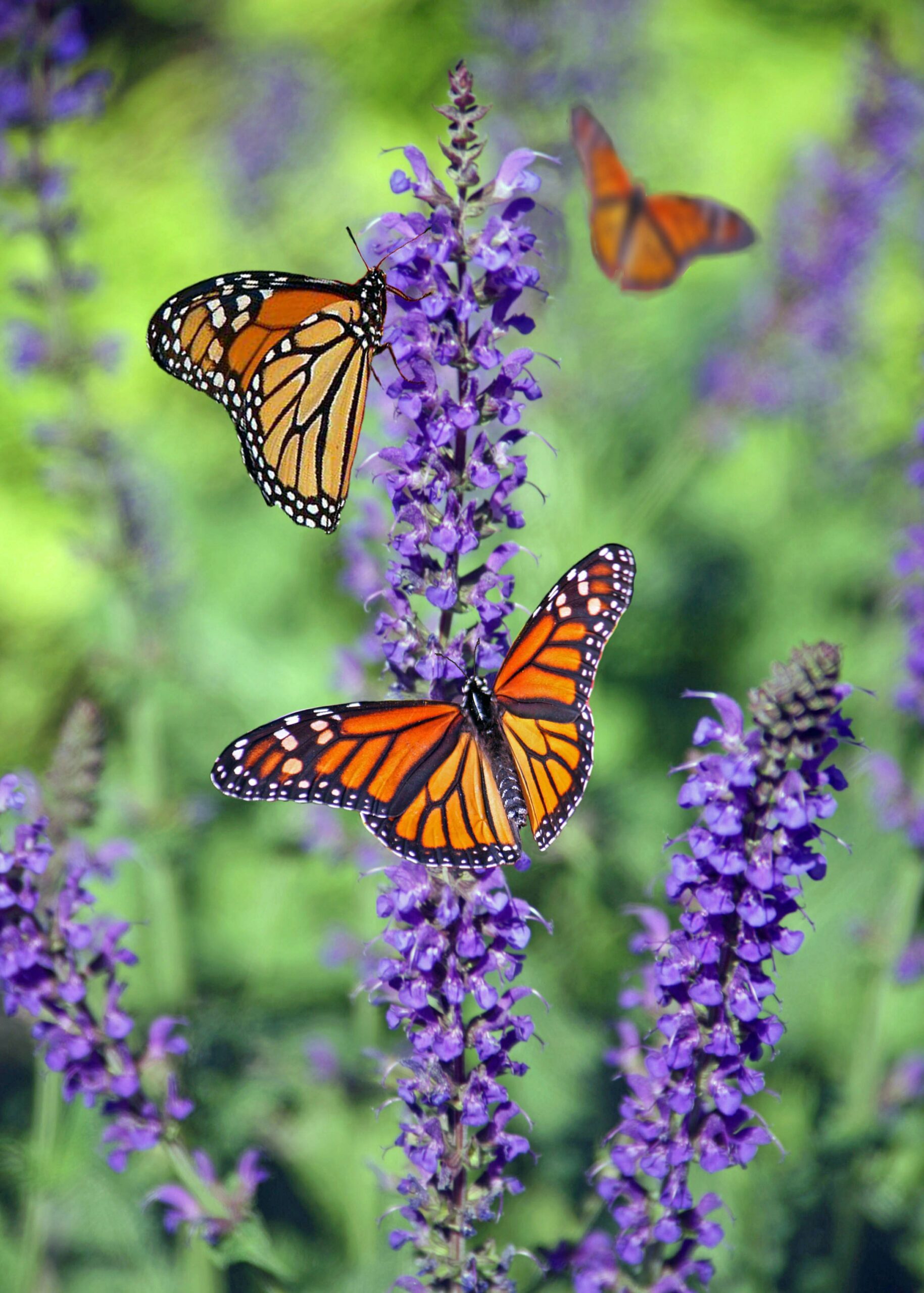
Increase Biodiversity – Plant different things every year in different places to serve varying functions and attract pollinators.
✔️ Plant pollinators – Attract and support your friendly pollinators by adding plants and flowers that welcome bees, butterflies, etc.
Find the space, even in a food garden, because pollinators help the entire ecosystem. The Butterfly Pavilion is a tremendous resource.
✔️ Crop rotation – Your soil has a memory and each plant gives and takes different things. By rotating what you plant where, you let your soil breathe and reset each season.
✔️ Try not to monocrop – Just as we hear about conventional agriculture monocropping corn, soybeans, etc. you can fall into the monocropping trap, too.
You might really love a certain variety of tomato or pepper and only want to grow that one. This approach might serve you for a season, but not multiple. Mix it up.
✔️ Plant in guilds / practice companion planting – Certain plants benefit from being planted near each other. They provide support and resiliency. Most have heard of the “Three Sisters” – corn + beans + squash – example.
These life-giving crops each serve distinct and complementary purposes to each other that result in a thriving trifecta.
Go ahead and get rid of your lawn – There are a number of reasons why it makes sense to go lawn-free. As to the “how,” Resource Central can help you figure this out, and Boundless Landscapes has shared some ideas too.
Compost – You can compost almost anywhere you live using a variety of methods. Composting not only captures food waste to create a rich and productive soil amendment, it keeps organic matter out of the landfill where it emits high levels of methane. Composting means you’re both creating a net positive and reducing a net negative.
And, as always, if you are looking for a 101 on regenerative practices, please watch the film, Kiss the Ground. Grab some popcorn and invite your friends!
